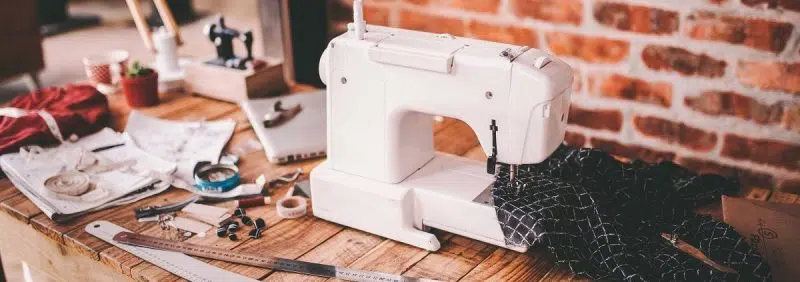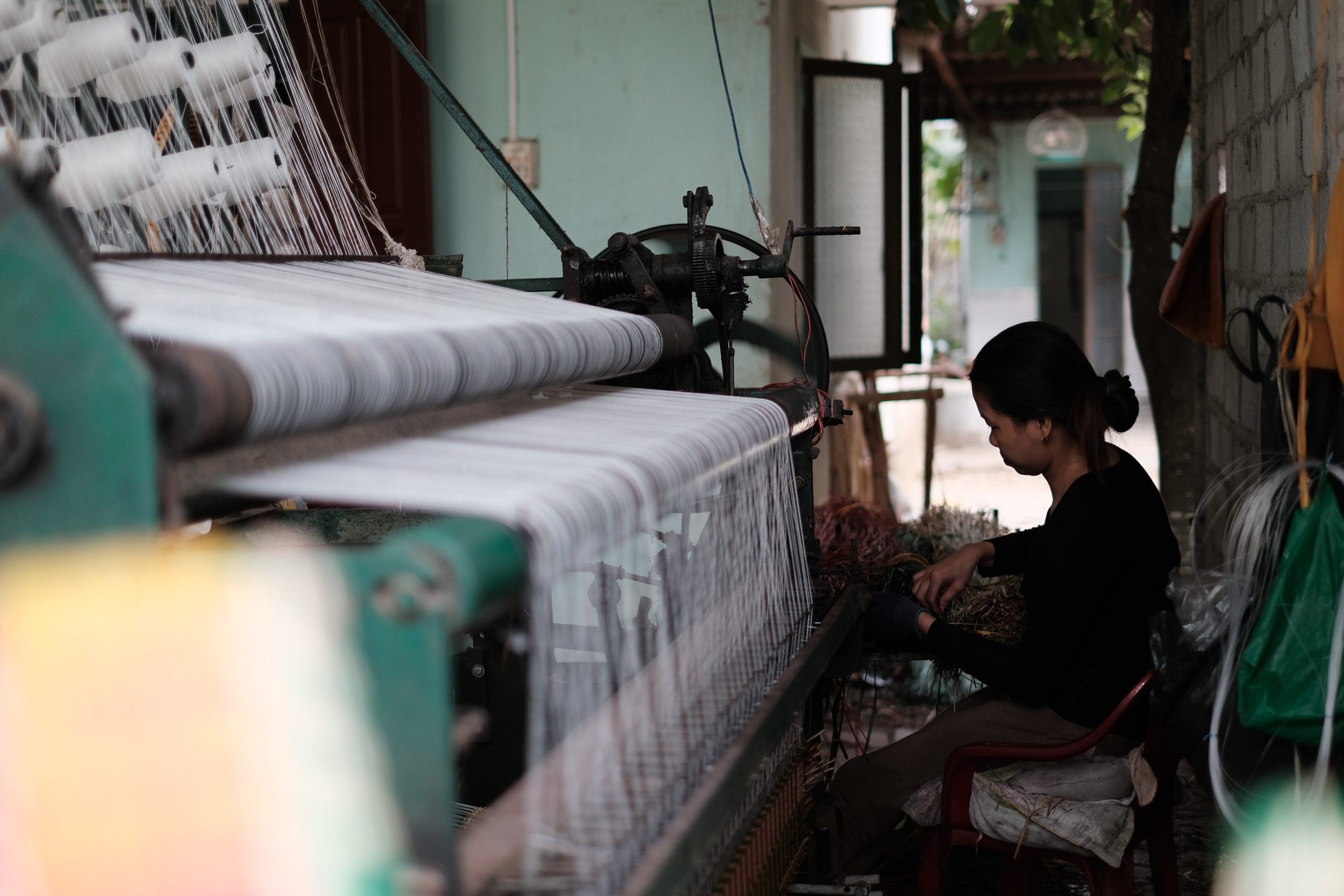Some are specifically designed for garment construction while others can be used for home. The most common model is the cylinder. It features loopers and feed dogs. Cylindrical sewing machines are shaped like an cylinder and are useful for sewing cylindrical pieces of clothing such as shoes. The off-thearm machine, which is less common, focuses on making more versatile parts

Cylindrical machines are cylindrical in shape and are used mainly in factories and production plants. They are generally made of high-quality metal and are designed for sewing thick materials. Cylinder machines come with a built-in presser foot, although users may need to use two hands on the fabric. These machines can handle thicker fabrics than domestic machines and produce extremely accurate results. There are many sewing options, from basic to advanced.
Some are specifically designed for garment construction
Manual feed. This type of sewing machine is not designed for garment construction, and is often used for quilting and shoe repair. In manual feed, the movement of the fabric sets the length of each stitch. To maintain the correct tension, stabilizer material may be used with fabric. Most household machines can be set manually by disengaging the drop feed dogs. Industrial machines cannot be manually set without the feed dogs being removed. A needle with the correct length and type of thread will help the machine form a smooth, even seam. best embroidery machine for beginners machines come in many shapes and sizes, but the basic difference between them is the type of sewing bed.
Domestic machines are for the home user, and can be used to meet the needs housewives. These machines are easy-to-use and require minimal maintenance. They are slow to use and are not suitable to work with thicker fabrics or for heavy-duty tasks. Domestic sewing machines are easy to use and require little maintenance. The main drawbacks to domestic machines is that they are limited to light-weight fabrics and can’t handle cloth materials.
Domestic machines are for the home user, and can be used to meet the needs housewive
There are many uses of industrial machines. A flat lock sewing machine can be used to hem knit garments or cover edges. Cover-stitches can also be used for decorative purposes. Another type of sewing machine is a button sewing machine. It can be used to hemme knitwear or form stitches in class 406 and 401.
Bar-tacking machines are designed to reinforce pockets and other parts of a garment. They are also useful for concealing wear on pockets and belt loops. Unlike regular sewing machines, bar-tacking machines can be a bit more expensive and difficult to use, but they can also help a sewer cover up a zipper or reinforce the end of a belt loop. These machines are great for small-sized projects and don’t require any special skills.
The industrial sewing machines are best suited for larger projects. Domestic models are better suited to home use. They can sew a variety of materials, and are generally better for occasional sewing. The simplest type is the treadle-operated model. It will require more power than a regular model. The various types of sewing machines will help you choose which one is right for you. Which one is right for you?
Computerized sewing machines are more sophisticated and offer more functions than traditional manual models. The LCD panel displays important information and settings. However, they are not as durable as mechanical machines. If you are a skilled sewist, an electronic model is the best choice. You can choose between the two types of sewing machines based on your needs and budget. The best one for you is the one that fits your needs.
Domestic sewing machines are also known by the names treadle or manual machines. They are a great choice for beginners, and they are very affordable. They do require some learning. They are simple to repair and have few features. And because they are inexpensive, you can repair them easily. Mechanical sewing machines are also relatively affordable, making them a good choice for budget-conscious users. So, what are the differences between these types of sewing machines?
Machines for industrial use are typically larger than domestic machines and offer more features. They are built for heavy sewing tasks and are usually designed to last years. Cast iron and high-grade aluminum are the most common materials used for their parts. The size of industrial machines is usually two to three times larger than domestic machines. Depending on your budget and needs, you can choose a domestic machine with basic features, or an industrial machine with advanced capabilities. It’s important to know the difference between these two types before making a decision.
